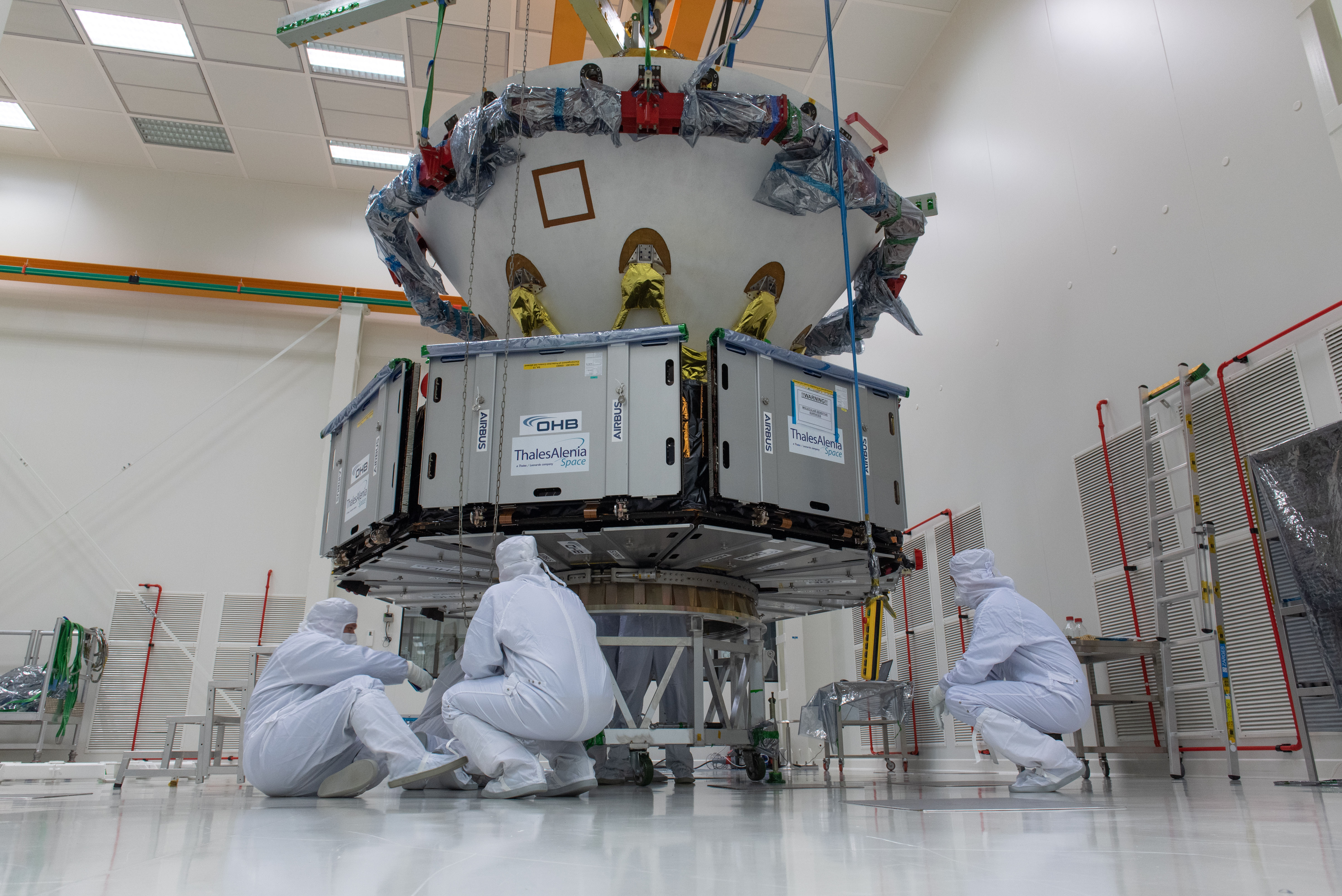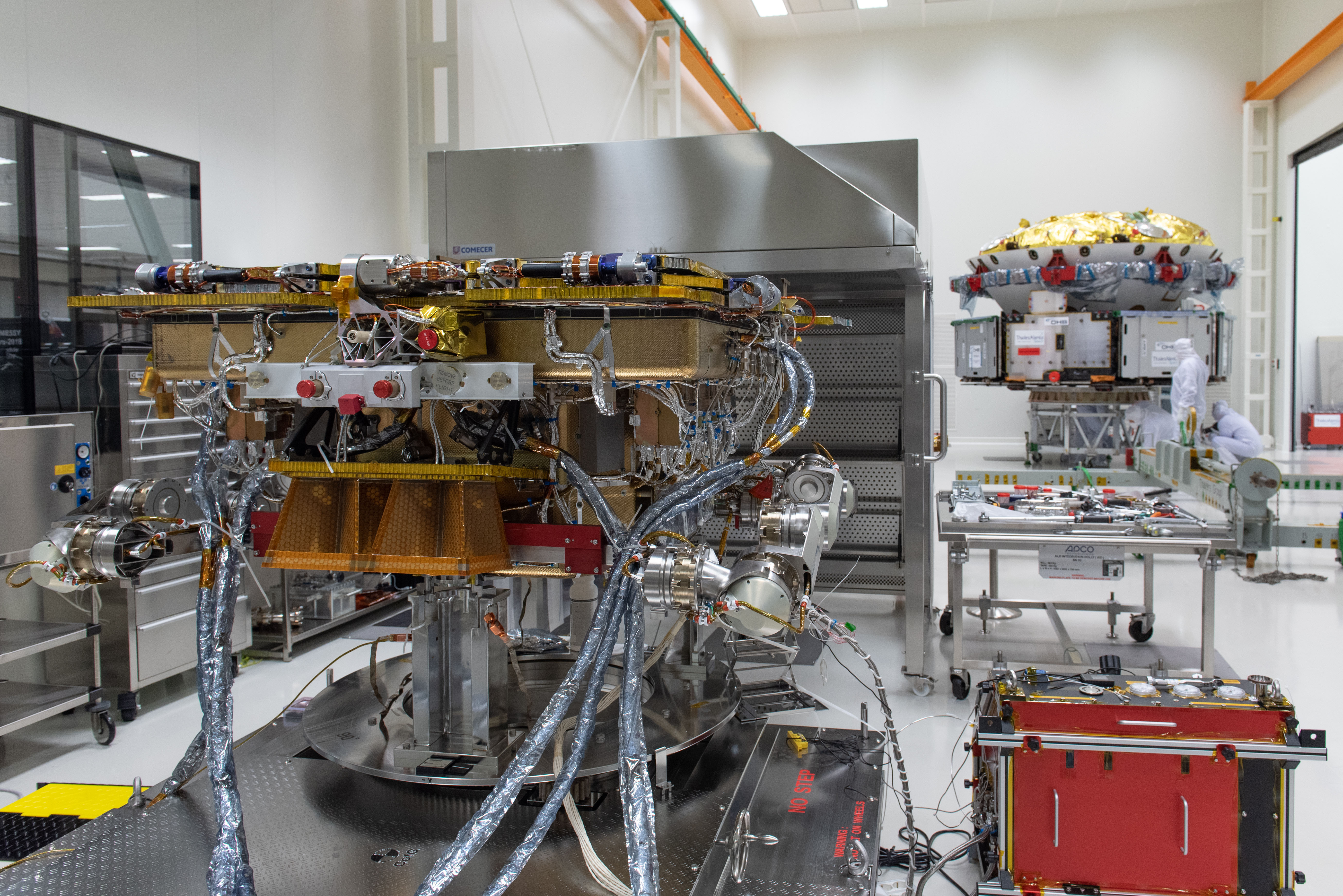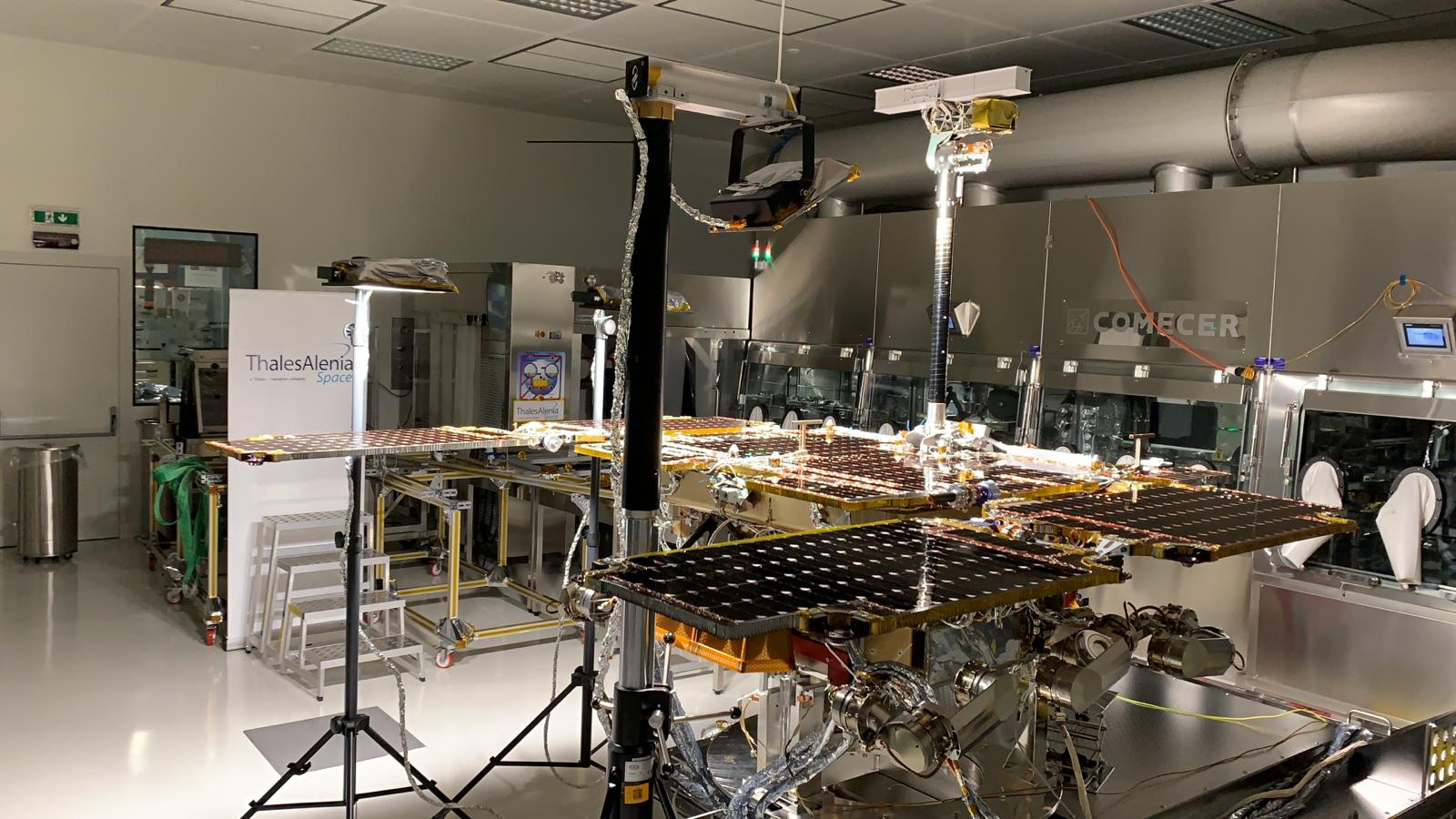From Turin to Cannes, and from Baikonur all the way to Mars!
While the ExoMars* program may seem like science fiction to some of you, it’s about to head for the planet Mars on its second mission. The entire spacecraft, comprising the carrier and descent modules, the landing platform and ESA’s new rover, is scheduled for a 2022 launch. Our valorous vessel is set for a voyage through the Solar System of nearly 500 million kilometers before it can send the landing platform down to Mars.
Health sanitary measures in Europe and around the world impacted our activities at the beginning of the pandemic. In addition, some additional testing was necessary to secure the second part of the mission, which is officially postponed to September 2022, the next launch window for a new space expedition to Mars.

However, the program has kept moving forward, as the European space industry, led by Thales Alenia Space as prime contractor, teamed up with the European Space Agency to adapt to these evolving conditions. The European teams invested in this program worked in unison to complete scheduled operations on the carrier and descent modules, the landing platform and the rover, facing this huge challenge with passion and panache.

During recent weeks Thales Alenia Space’s Turin plant completed several decisive steps forward in final integration of the Martian spacecraft. For instance, the carrier module was mated to the Kazachok landing platform, supplied by Russia. Also on tap was integration of the solar panels on the Rosalind Franklin rover. These are critical parts of the mission, because they will determine the rover’s operational lifespan. The solar panels will of course supply the energy needed by the rover to drill 2 meters deep into the Martian soil… and perhaps dig out bacteria that would be irrefutable proof of traces of life on the Red Planet.

These impressive operations are even more extraordinary, considering that they are the product of teams from across Europe working together under difficult circumstances to make sure the mission succeeds as planned.
Very strict measures have been applied at all Thales Alenia Space facilities to ensure the health and safety of all employees and partners, without impacting either quality or the schedule.

A few short days ago, the entire “spacecraft composite” for ExoMars 2022, except the rover, was shipped from Turin to Cannes.

The Rosalind Franklin rover stayed in Turin a little longer to complete integration. Once reunited, they will undergo a series of demanding tests and measurements over the coming months to make sure they are ready to go! Among the scheduled procedures are mass property measurements, dynamic balancing and electromagnetic compatibility (EMC) tests.
At the same time, the Rover’s “Earth Twin” will be transferred by the end of the year to the Rover Operations Control Center at ALTEC (a joint ASI-TAS lab in Turin) to start preparations for mission operations that will first be conducted on Earth, then replicated on Mars.

The Trace Gas Orbiter (TGO), launched in 2016, is operating flawlessly in Martian orbit, where it also provides numerous measurements of the atmosphere. It will of course play a decisive role on the 2022 mission, ensuring communications to and from Mars, via ESA’s earth stations, while also keeping the rover and the Kazachok lander in daily contact with their respective control centers, ROCC and SPOCC.
Mars is still far away, in time and distance, but the launch date of 2022 is drawing closer and closer. As the prime contractor, we’re pulling out all the stops to be ready on time. Even the smallest component is essential for mission success and must be rigorously tested if we are to ensure the success of this strategic program. To carry out a voyage through the Solar System, we have to count on industrial perfectionism, attention to detail and a meticulous approach. We’re all “space nuts”, eager to see the Rosalind Franklin rover land on Mars and start its extraordinary mission, a mission that should help answer the million dollar question: is there, or has there ever been, life on Mars? We hope to get an answer in 2023, but in the meantime, all of Europe is holding its breath!
Stay tuned for upcoming Martian Chronicles.
*ExoMars is a joint program between the European Space Agency (ESA) and the Russian space agency Roscosmos, designed to study the Martian surface, atmosphere and environment. It will harvest invaluable data, which will keep scientists busy for years to come. Thales Alenia Space is overall prime contractor for ExoMars, at the head of an international industrial team. Within this consortium, Leonardo supplies the drill for soil samples and OHB the carrier module and various rover instruments, with the rover itself supplied by Airbus. NPO Lavochkin is responsible for the landing platform.


